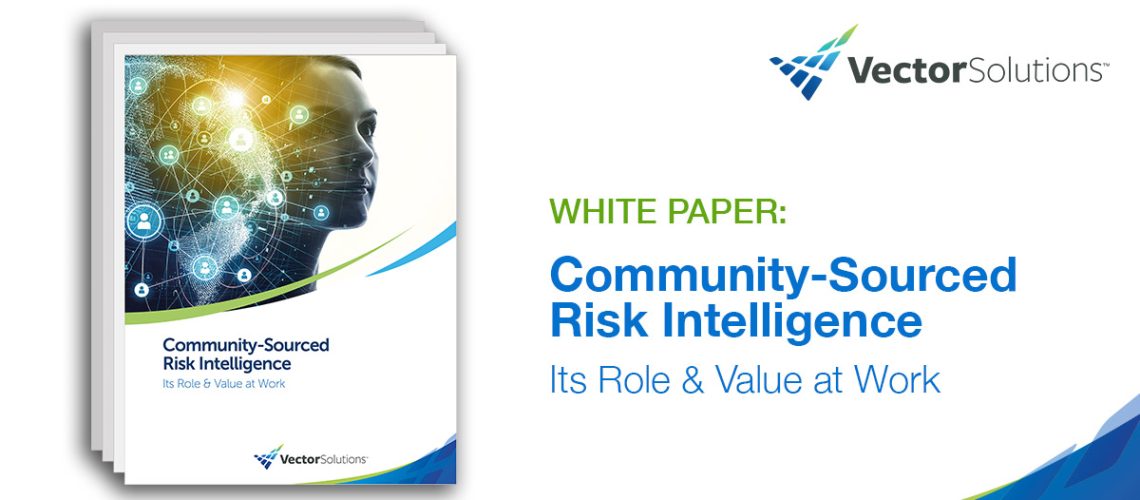 Community-sourced intelligence is the cornerstone of any safety and security risk management program, as it allows organizations to surface early warning insights and identify threats before they escalate. Establishing effective reporting processes helps organizations maintain workplace safety, improve employee trust, and meet Duty of Care obligations.
Community-sourced intelligence is the cornerstone of any safety and security risk management program, as it allows organizations to surface early warning insights and identify threats before they escalate. Establishing effective reporting processes helps organizations maintain workplace safety, improve employee trust, and meet Duty of Care obligations.
Unfortunately, many safety and security professionals continue to focus on post-incident emergency response rather than pre-incident prevention strategy. Instead of investing in community-sourced risk intelligence, companies spend millions of dollars hardening their facilities with automatic locking doors, security cameras, fencing, high-tech emergency communications systems, massive architectural design changes, gunshot detection systems, and many other physical protections. While these safety features may be useful, there are many incidents that they can’t predict or prevent, such as mental health crises, workplace harassment, or embezzlement.
LiveSafe has released Community-Sourced Risk Intelligence: Its Role and Value at Work, to help safety and security risk managers and C-suite leaders across all industries develop, execute, and maintain community-sourced risk intelligence programs that facilitate the prevention of costly safety and security incidents.
Based on research and first-hand interviews with dozens of chief security officers, chief risk officers, and a wide array of subject matter experts, this guide is a first-of-its kind effort to help safety and security professionals shift the balance of power away from the $300 billion a year spent on reacting and responding to incidents to developing actionable intelligence that can help prevent these incidents from occurring in the first place.


